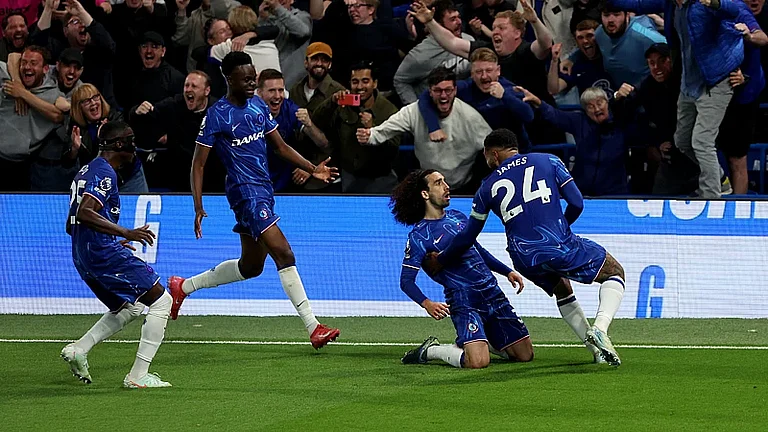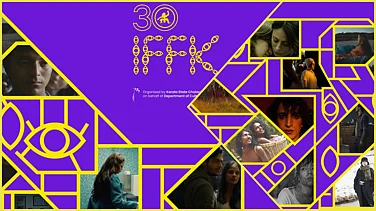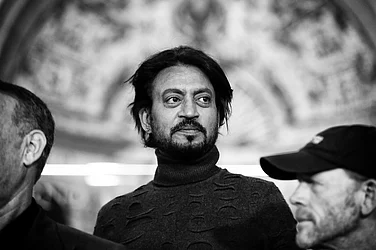A homeless person curls inside his half stupor, half hunger; he clenches the cap of the lionised leader—one corner of an old political poster—and covers his body of sleep. The posters live their deaths well; they wrap fish, patch the gaping voids on a slum wall, and protect a shipment from rain.
Photographer Ritesh Uttamchandani knows his Mumbai. He watched its continuous premiumisation, its transformation, the language of the posters, changes they predict, and the strange journey they traverse. His world is full of real colours. His lens shakes off pretensions and the photographs record tiny details. How will our progeny relive our lives? Uttamchandani tells me that obviously, we witness our share of transformations.

The city we knew as Bombay now adjusts itself to answer when someone calls it Bombay. The old mill areas radiate with monstrous phallic buildings with hundreds of new middle-class and elite segments wriggling in their boxes. Stretch a little; lift your head, before you see the monsoon sky in ink and dry pastels. And before you confront the tall edifices fading into a time of more advancement, you meet the billboards and walls filled with posters carrying messages—political, shady-medicinal, filmy or about guaranteed happy endings. Uttamchandani’s lens desires to know more than their existence. He follows them from the hoisting up to the tearing down to being a useful element in common life.
In A Lease of Life, an exhibition curated by Ranjit Hoskote at the Cymroza Art Gallery, Uttamchandani narrates his city, concocting the charter of a journeyman and the journalism of a chuckling observer. I find an undertone of humour ranging from sharp satire to wild absurdity in his frames. The juxtaposition of everyday life—a boy resting on his folded arms, holding an iron measuring unit on the political poster covering the handcart of a vegetable vendor. Hoskote nicknamed the photographer, “guerrilla archivist of the fugitive moment”.

Uttamchandani says that most artists and academics capture Mumbai as a tightly woven fabric of old or neo-classical structures, hard-pressed business centres, cricket, movies, and poverty. Perhaps, their evolution represents the undying nature of a city. One’s trash can be useful to another. The baton of life travels from one level of humanity to another.

Transformation fascinates Uttamchandani. Mumbai wearing Bombay underneath or vice versa, a downtrodden family asking around for cheaper building material and listening to the supplier that there are some new old-posters… mayhap Uttamchandani heard these stories. His works tend to stay in the present. He never felt the need for the textures of rich black and white or the romance of sepia. Mumbai moans in his persona-driven photographs. The exhibition seems like a tense hand with all the artworks forming a fist and levelling at us. The statement is neutral, but effective.


























